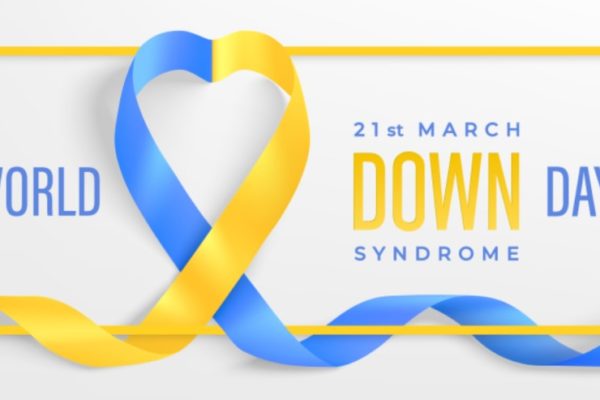It is perhaps a sign of quasi-normalising when I can open my post with the words ‘when at a conference last week’ and I’m not talking about the video-conference variety, this one involved real people in a physical location! The conference in question was the AIMSE Europe Annual Conference and covered a range of topics impacting the investment management industry. One of the sessions took a glimpse into the future, examining the way we will live and work. The presentation was given by Kate Ancketill, CEO and founder of GDR Creative Intelligence.[i]
Now I must fess up to being a little schizophrenic about futuristic presentations. The cynic in me mutters grumpily that it is easy to extrapolate trends and end up in some science fiction fantasy of flying cars and robots waiting on our every need. My cheerier self (think Dr Jekyll to Mr Hyde) relishes in a glimpse of what might be and buys into the shiny new existence, ever-hopeful of the near-term realisation of such gadgets. The slightly scary feature of Kate’s presentation was that the majority of what she was show-casing was not futuristic at all – it was up and running and being enjoyed by millions of people and yet I had no clue of its existence.
The conference was being held on 11th November, a date in the UK symbolic of remembrance and reflection. In China, however, 11th November is Singles Day and Global Shopping Day, celebrated by over 290,000 brands exhibiting their wares to 900 million Chinese consumers. According to the South China Morning Post, Alibaba alone reported gross merchandise value for the 11 day period of $85 billion![ii] In the conference we saw a video of consumers at home live-streaming shows of models on catwalks, simultaneously clicking on what they saw and buying the clothes modelled, egged on by a constant update of which items were proving most popular; instant consumerism. To give you a sense of scale, think Black Friday and Cyber Monday combined then multiply it by 4!
In their 2020 survey of global executives McKinsey reported that COVID-19 crisis has accelerated the adoption of digital or digitally enable product by seven years.[iii] This reflects the dramatic uptake of consumers to buy online and the overnight shift to working from home, requiring many companies to rapidly facilitate this through the upgrade of networks and purchase of equipment to enable remote working.
The tantalising peek into what might be was around the use of Augmented and Virtual Reality extending the video conferencing experience into one where from the comfort and convenience of your home you can be digitally transported to a place on the other side of the earth – your holographic self sitting next to your colleague based in Hong Kong or Sydney. The technology is not quite there yet, but I have no doubt it will be in no time at all.
For me the more concerning fashion I witnessed at the conference was the growing trend around avatars – creating your idealised you, albeit in digital format. This is big business, with accessories for your avatar potentially costing thousands! Kate spoke of the launch of ‘Alter Ego’, a US singing competition judged by among others will.i.am, where the audience hears the contestant but watches their avatar perform. I do wonder if the disconnect between the virtual and the real could lead to further problems from a mental health perspective, or maybe that is just my age speaking!
[i] http://gdruk.com/
[ii] https://www.scmp.com/tech/big-tech/article/3155762/sales-growth-alibabas-singles-day-drops-amid-chinas-crackdown-big
[iii] https://www.mckinsey.com/business-functions/strategy-and-corporate-finance/our-insights/how-covid-19-has-pushed-companies-over-the-technology-tipping-point-and-transformed-business-forever#






